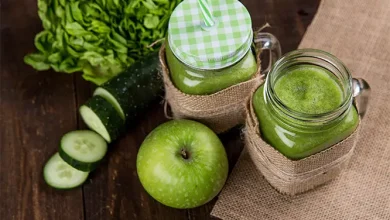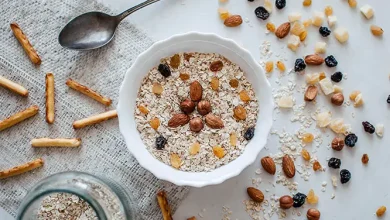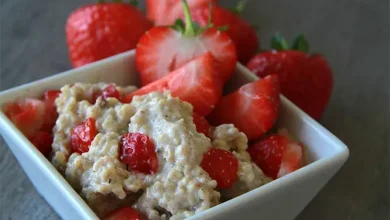Do Breadsticks Fit into a Healthy Diet?

Exploring Breadsticks: A Nutritional Perspective
Breadsticks, often relegated to the role of simple snacks, can actually be part of a balanced diet. This analysis looks into the nutritional impact of breadsticks, breaking down their content and discussing their potential benefits and limitations. Understanding these details can help you make informed choices about including them in your diet.
What are Breadsticks?
Originating from Italy, breadsticks, or grissini, are typically made from basic ingredients like white flour, oil, and salt. These long, thin snacks are commonly served as appetizers with various dips.
Ingredients in Breadsticks
Common ingredients in pre-packaged breadsticks include white flour and oil—often olive oil—plus salt. Some varieties use extra virgin olive oil, which offers health advantages due to its minimal processing. However, other brands might use sunflower oil, which, while high in monounsaturated fats and vitamin E, doesn’t provide as many benefits as olive oil. Flavored breadsticks, like those with herbs, garlic, spices, or cheese, usually have more calories and saturated fats than plain versions.
Nutritional Profile of Breadsticks
The nutritional values are quite consistent across different brands. For example, Aldi’s breadsticks are among the lowest in calories per 100g, while Asda’s brand contains the most calories. Typically, breadsticks have about 8g of fat per 100g, with protein levels around 10-12g and carbohydrates approximately 69-74g per 100g.
Caloric and Sugar Content
On average, each breadstick from the supermarket carries about 25 calories. They are low in sugar, with around 3g per 100g.
Protein, Fiber, and Salt Content
Breadsticks offer limited protein, with about 0.7g per stick, and have a salt content ranging between 1g and 2g per 100g.
Benefits and Drawbacks of Breadsticks
While breadsticks are a convenient source of carbohydrates and are low in fat and sugar, they don’t offer substantial health benefits. They are low in protein, fiber, vitamins, and minerals, making them less nutritious than alternatives like whole wheat bread, which is richer in fiber, protein, and other nutrients.
FAQs on Breadsticks
Toddlers and Breadsticks: Although popular, breadsticks aren’t very nutritious for toddlers. It’s better to pair them with protein and fiber-rich foods like cheese or hummus.
Diabetics and Breadsticks: Breadsticks are not ideal for diabetics because of their high carbohydrate content, which can lead to spikes in blood sugar.
Constipation and Breadsticks: Breadsticks are unlikely to cause constipation directly, but their low fiber content might contribute to it.
Are Breadsticks Fattening? Breadsticks aren’t inherently fattening, but choosing snacks that are rich in protein and fiber is better for weight management.
Overall Health Value: Although not the healthiest option, breadsticks can fit into a balanced diet if paired with nutrient-rich foods.




